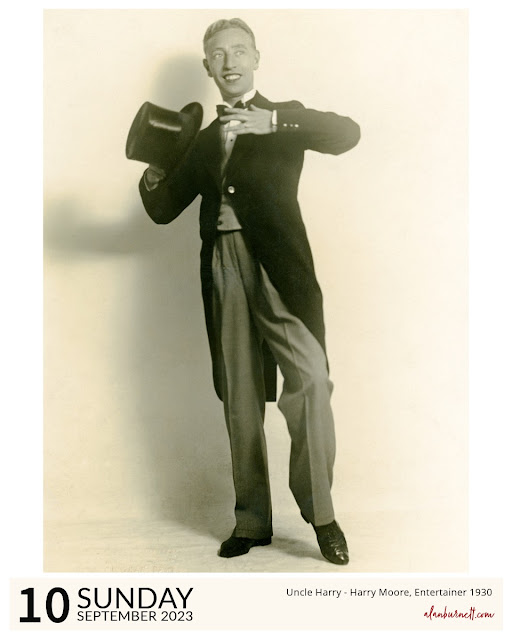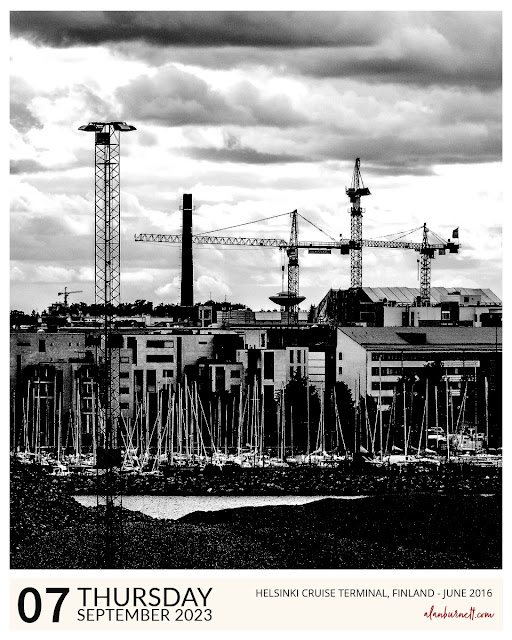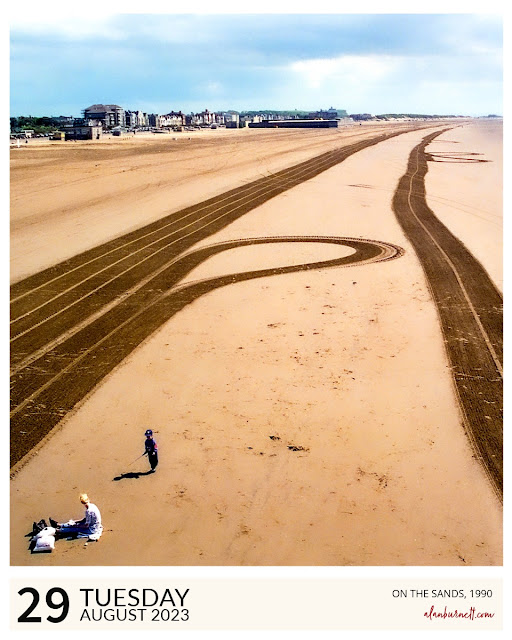Sunday, December 31, 2023
Saturday, December 30, 2023
Friday, December 29, 2023
Love, Loss, Mundanity And Miss Marie Leonhard
Actors and Music Hall Stars of the late 19th and early 20th century were lucky enough to be famous during the great picture postcard boom of 1903-1914. Thus their images transcended normal geographic boundaries, travelling from street to street, and town to town, with messages of love, loss and mundanity. In this case, the delightful Miss Marie Leonhard prefaced a message to Lizzie Hadley from her friend Megg, telling her where to meet her tomorrow afternoon.
Wednesday, September 13, 2023
Halifax Town Hall
Chimneys, Stacks And Towers
Desktop Calendar : Harry's Cricket Cows
Saturday, September 09, 2023
The Chorus Line
Desktop Calendar : Helsinki Burns Boats
Desktop Calendar : Summer View Rhapsody
Monday, September 04, 2023
Yorkshire Grit
Sunday, September 03, 2023
Busy Line
Saturday, September 02, 2023
On This Day : Cruising With The Dressed Dolls
If you put an advert in the papers today inviting people to a September cruise, no doubt they would turn up with suitcases packed and passports at the ready. Sixty-fives years ago, however, expectations were far less exotic. The 10th anniversary September Cruise was being held at the Alexandra Hall in Halifax, and rather than being rum punch cocktails served on the lido deck under the Caribbean stars, it was a mannequin parade, a bring and buy sale, and a doll dressing competition. The cabaret song and dance (produced by Madame Amie Ibbetson) would be the highlight of the day, and all told, it would be well worth the couple of bob it costs to go along.
The Two Ladies Of Vancouver
Friday, September 01, 2023
Desktop Calendar : 29-31 August 2023
1/1001 : St. Mary Overy's Wharf
Tuesday, August 08, 2023
Headscarves And Unwashed Spuds
Desktop Calendar : 6 - 8 August 2023
Halfway To Paradise
Sunday, August 06, 2023
Halifax's Plastic Skittle
What A Difference An "E" Makes
Desktop Calendar : 3 - 5 August 2023
Thursday, August 03, 2023
The Wandering Lion Of Stoke
A Smooth And Symphonic Final Journey
Wednesday, August 02, 2023
Is That You, Uncle Albert?
Desktop Calendar : 31 July - 2 August 2023
Shares, Change, Drinks And Noise
I've collected most things at some stage in my life: stamps, bus tickets, banknotes, newspapers, books, and, of course, images. At one...

-
Y ou can spend too long sat inside reading old newspapers and cataloguing old postcards. There comes a time in the affairs of man when he s...
-
Whilst 198392cjh is the only person/machine/computer programme to have provided feedback to my Daily Photo Blog (see "Apple Campers Bui...























































